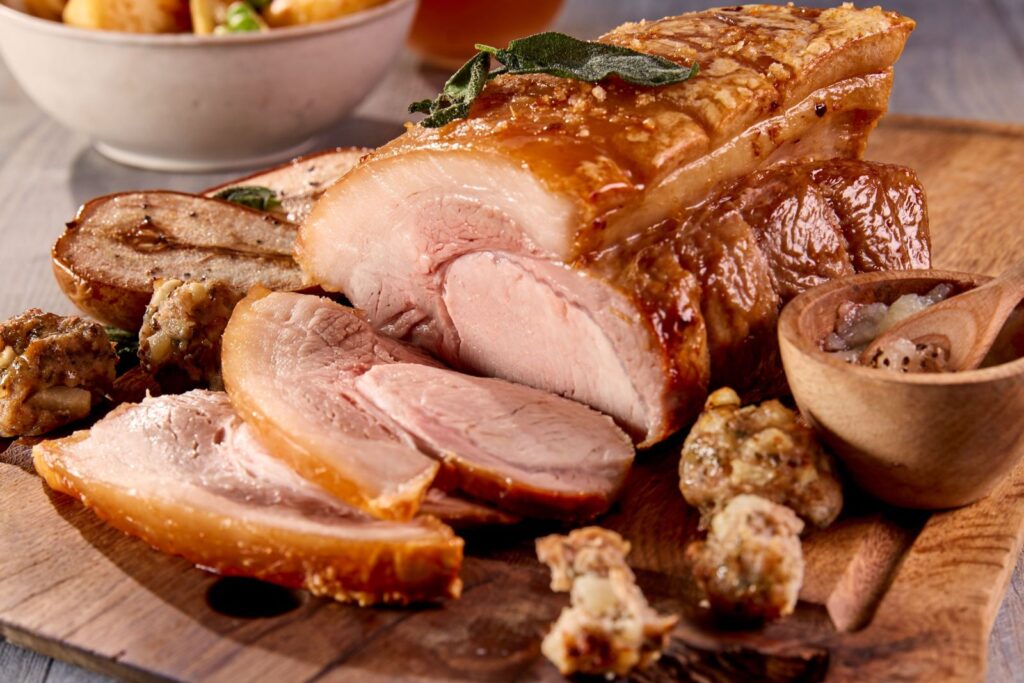Pork retail performance falls but prices stay the course
6th September 2023
As of July, primary pork products including steaks, roasting joints and mince, have been knocked off the best-performing red meat spot as consumers opt for more affordable proteins in an attempt to save money.

According to data insights company Kantar, the market value of primary pork has grown 10.2% year-on-year (YOY) to £800m, which is 1.8 percentage points ahead of the YOY increase for total grocery over the same period.
This value growth is driven by inflation, as average primary pork prices rose by 15.7% YOY to £5.71/kg but volumes sit 4.7% lower over the same period, continuing the 52 w/e declines seen since November.
Whilst new shoppers are typically younger, the majority of sales come from older shoppers, so it remains key to mobilise repeat consumers, AHDB has said.
Due to the large number of processed pork options, primary pork makes up only 14.9% of total pork volumes. However, it is still one of the cheapest proteins, coming in at £1.50/kg cheaper than the average for primary meat, fish and poultry (mfp).
Despite its affordability, figures show the retail performance of primary pork is beginning to slip, and its YOY volume decline now outpace beef.
AHDB trainee analyst Tom Price said: “This comes as the cost-of-living crisis causes consumers to trade down to cheaper products like mince and sausages, and cheaper proteins like chicken, as well as limiting their meat consumption altogether in an attempt to save money.
“Consumers switching to primary chicken accounted for 26.2% of all primary pork volume losses YOY, as chicken is the cheapest protein on the market at £4.81/kg.”
He said promoting pork as a component of tasty and affordable meals could help boost sales, which is a key point in AHDB’s Mix up Midweek campaign.
However, the lower price point of pork compared to other red meats still stands it in a good position within the market, and declines in retail volume when compared to beef and lamb could be limited over the coming months.
As the cost-of-living crisis continues into the festive period, there is also a likelihood for increased demand for pork at Christmas as pork roasting joints are approximately 50% cheaper than that of beef and lamb.
“Retailers looking to boost primary pork sales could also promote the health credentials of pork through highlighting how pork is high in protein, a source of zinc and B vitamins including B12,” Mr Price added. “This could encourage consumers to purchase pork, especially when combined with messaging around primary pork’s affordability.”
